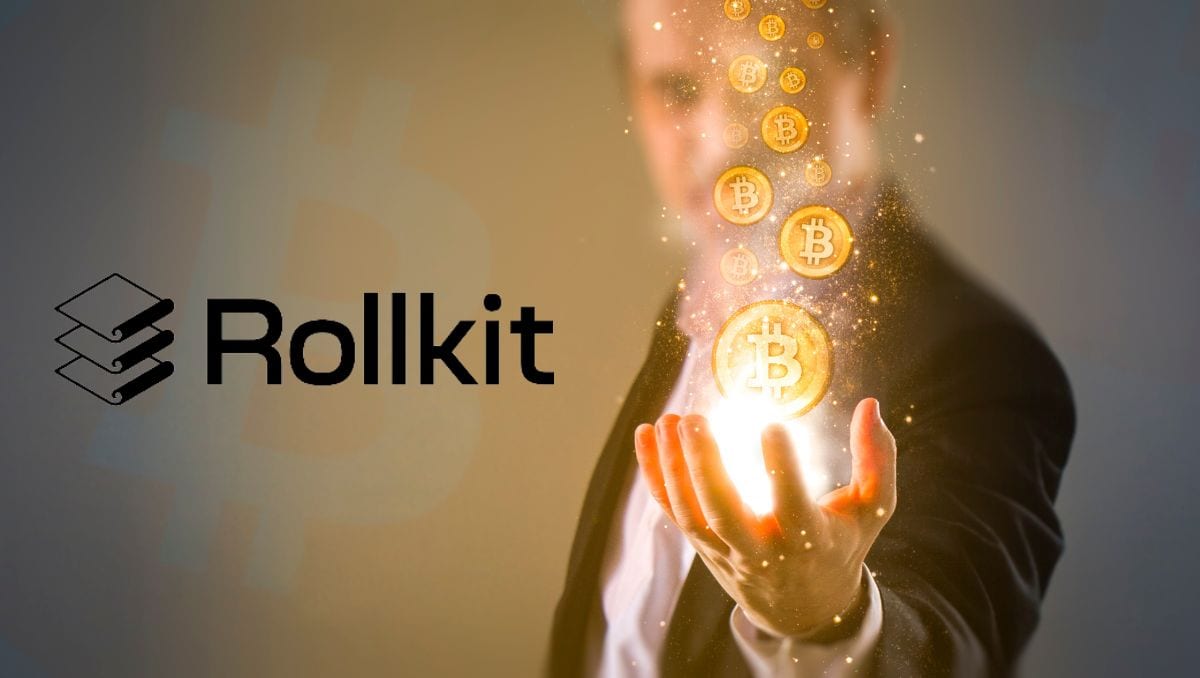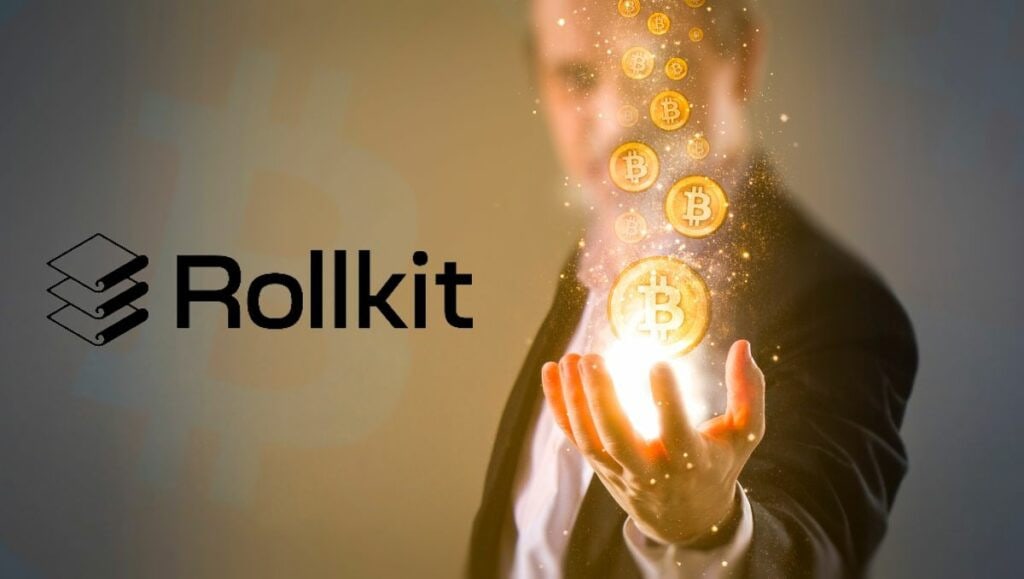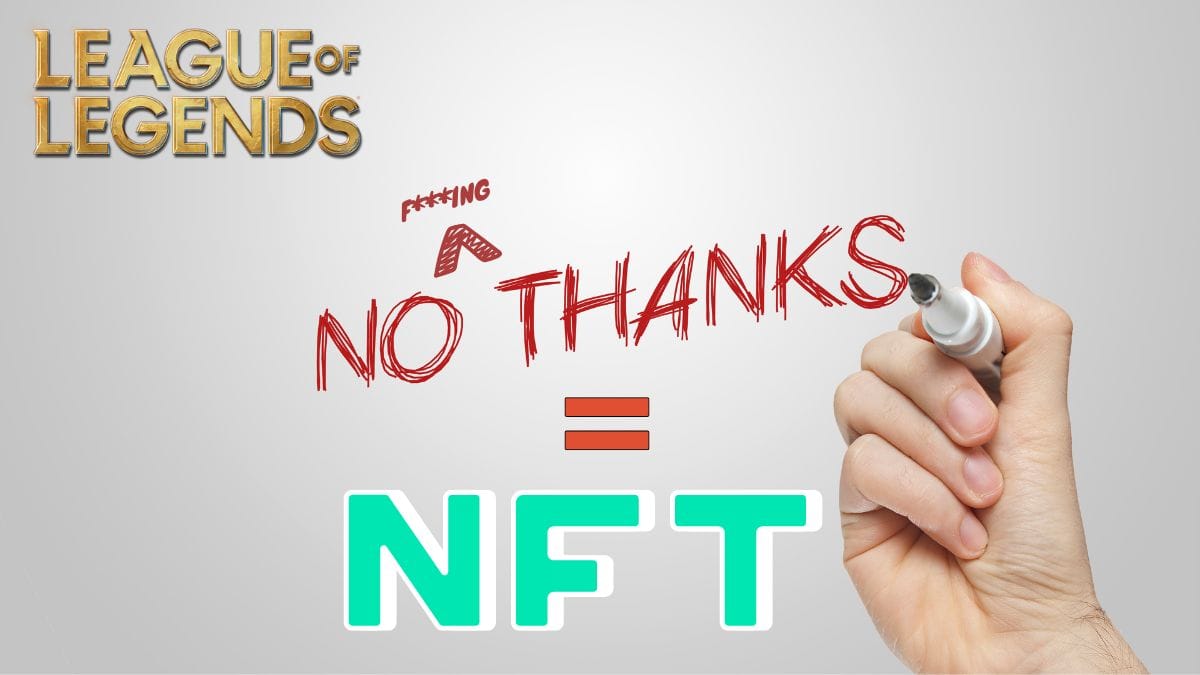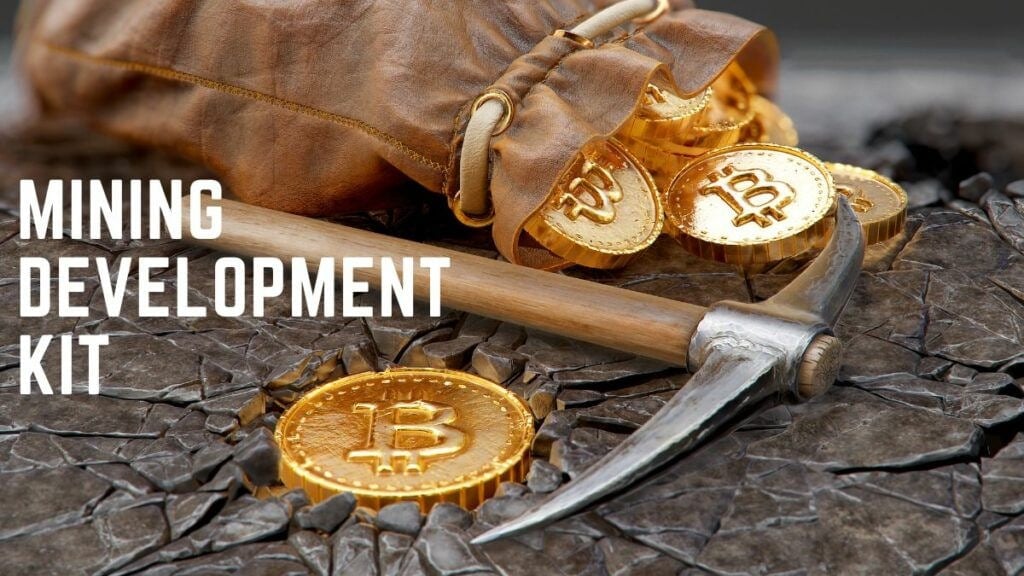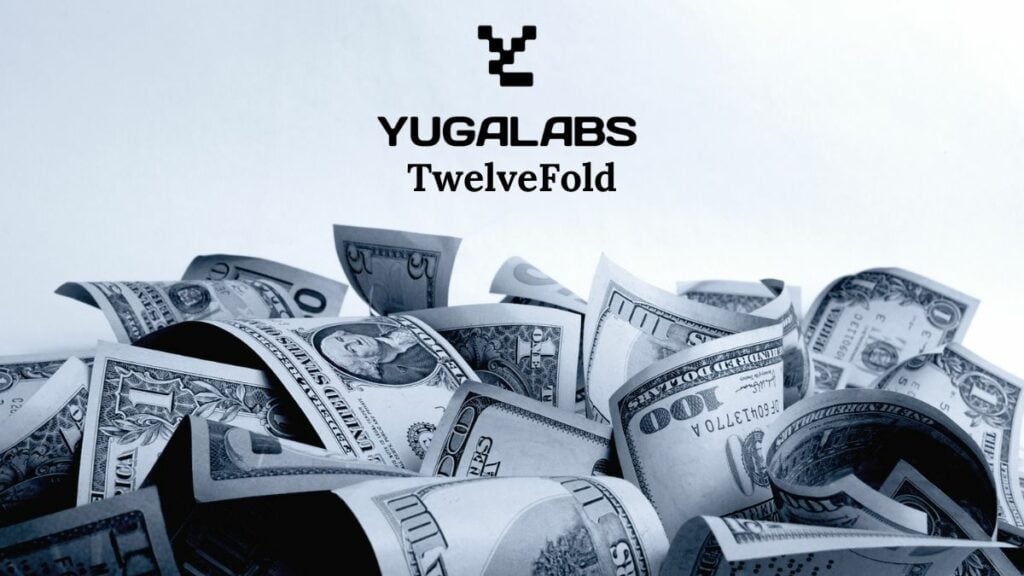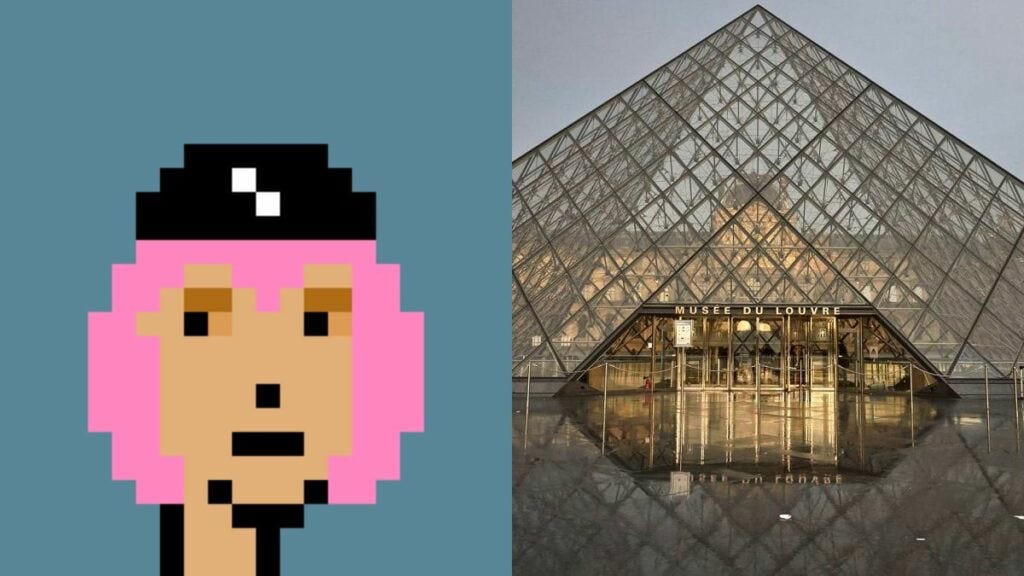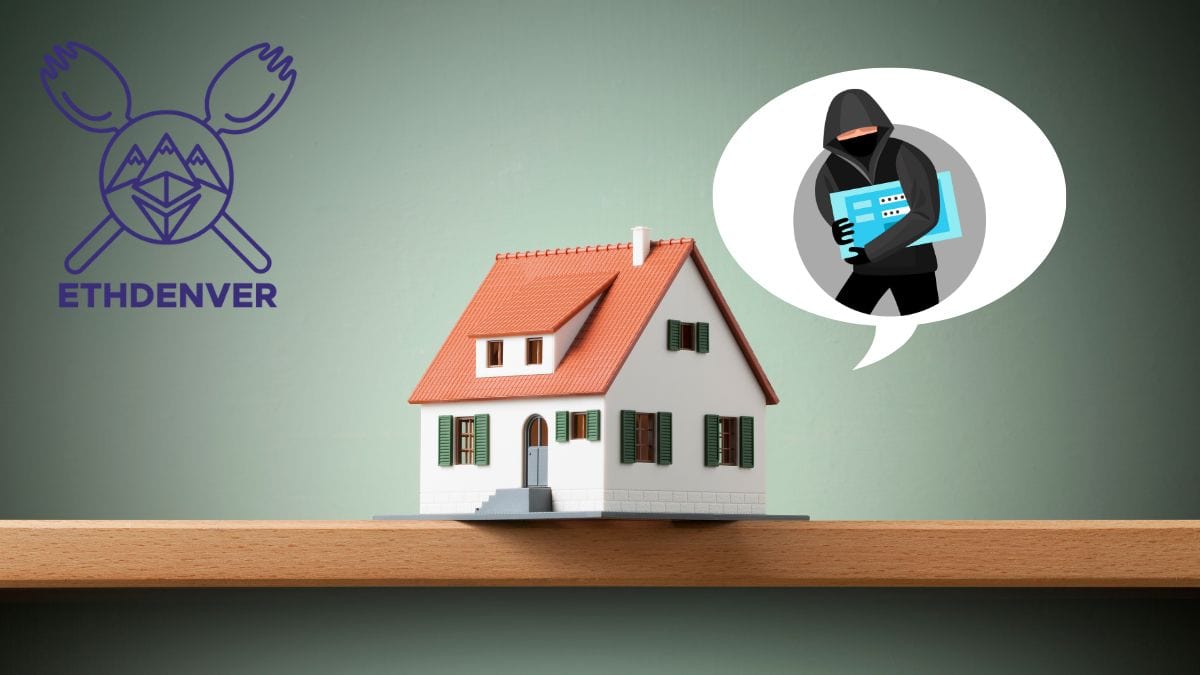
In recent months, the hype surrounding artificial intelligence (AI) has reached an all-time high, with many heralding it as game-changing technology that is revolutionizing many industries. Ava Labs CEO and financial technology expert Emin Gün Sirer, however, is not so easily impressed, believing that many of the AI tokens are highly overvalued. His views on the current state of the AI-driven projects were shared in a recent gm from Decrypt podcast.
Sirer remains mindful of the potential of AI-driven tokens, especially those that are capable of digitizing assets and executing uniform trades. At the same time, he is also aware of its two primary obstacles, which include mitigating or eliminating the gender or racial biases that can be embedded within AI algorithms, and teaching the bots to recognize black swan events.
Sirer discussed the case of AVAX and SOL prices tracking very closely together and how it could have been negatively affected due to the news of the FTX bankruptcy in November, despite having no direct connection with it. He proposed that it may have been due to the trading bots being trained to pick up on the correlation between the two tokens and being unable to ‘unlearn’ it, even in the face of new information.
To move the market and AI technology out of its current state, Sirer suggests the development of more applications that are less biased in favor of major entities, and ones that can recognize and anticipate black swan events. He also encourages investors to do their own research and to understand the larger forces in the market before investing in AI-based crypto tokens.
With AI continuing to be one of the most active corridors of development in the crypto industry, Emin Gün Sirer’s take could serve as an important reminder for both seasoned and novice investors that it is essential to keep the larger context in mind and be prepared for the unexpected.





